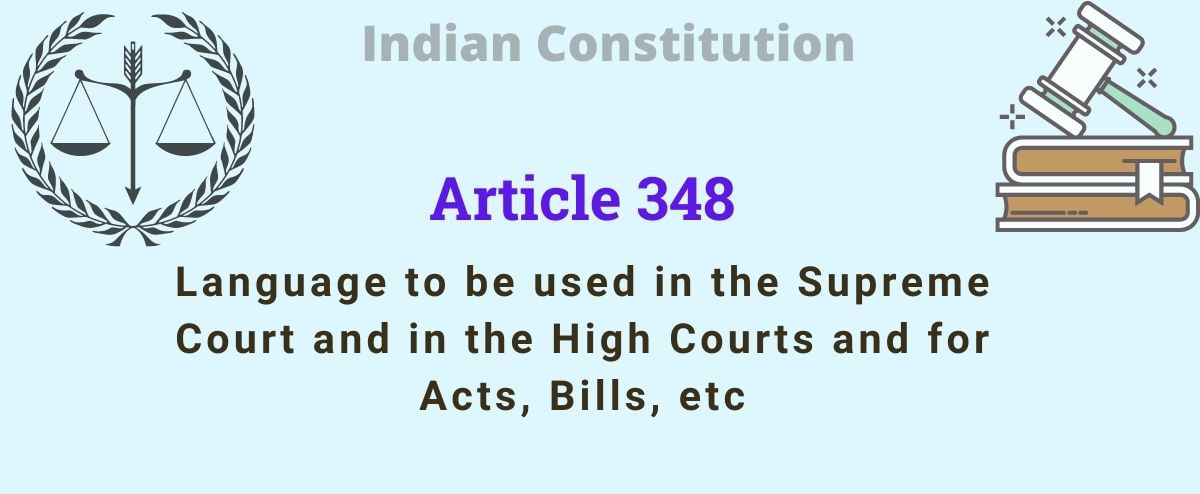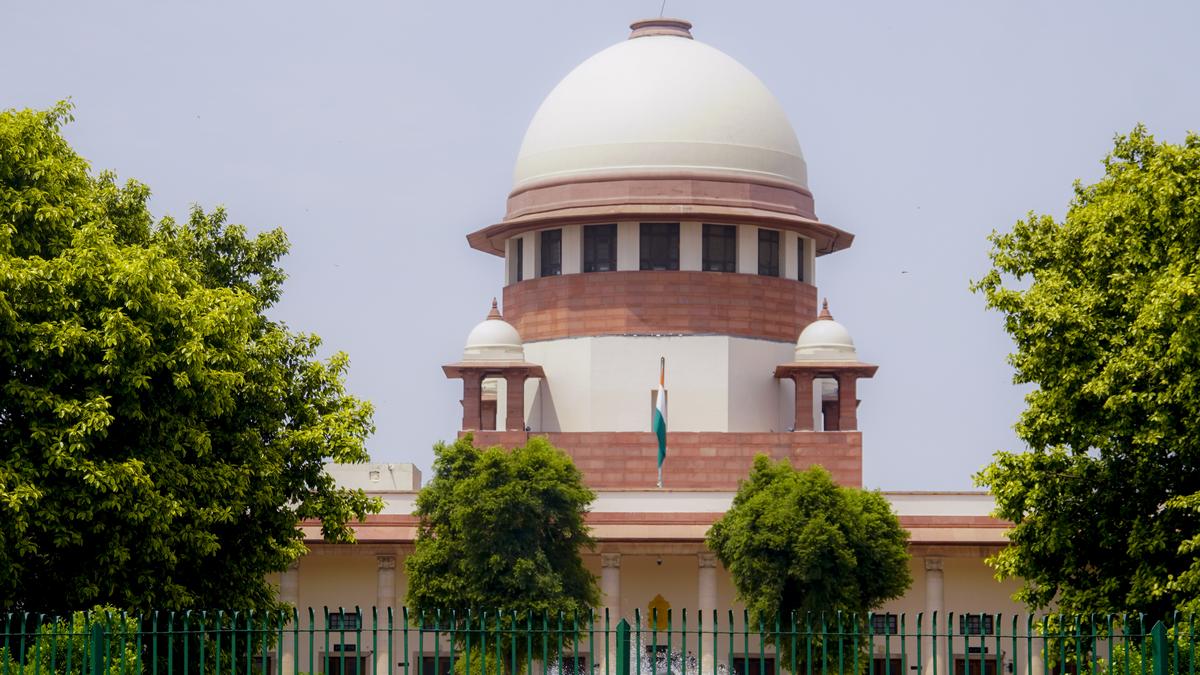Description

Copyright infringement not intended
Context: A Supreme court Judge remarked on the linguistic diversity of India and said that Hindi is "the national language" while rejecting a petition to shift a case related to a road accident from Uttar Pradesh to West Bengal.
Details
- India is a multilingual country with 22 official languages recognized by the 8th Schedule of the Constitution. However, the Constitution does not designate any one language as the national language of India.
- The official language of the Union is Hindi in Devanagari script, but English is also used for all official purposes of the Union. The Constitution also allows the states to adopt their official languages for their administration and communication.
The language used in Courts
- The British introduced a codified system of law in India with English as the official language.
- Post-independence, Article 348 (1) (a) of the Constitution states that unless Parliament by law provides otherwise, all proceedings before the Supreme Court and in every High Court shall be conducted in English. However, Article 348 (2) provides that the Governor of a state may, with the previous consent of the President, authorize the use of Hindi or any other language used for any official purpose, in proceedings in the High Court.
- The Official Languages Act 1963 empowers the Governor of a state to authorize the use of Hindi/the official language of the state, in addition to English, for any judgment, decree or order passed by the High Court of that state.

Challenges and issues related to the language of the judiciary
- The lack of uniformity and consistency in the use of languages across different courts and states.
- The difficulty and delay in translating legal documents and evidence from one language to another.
- The shortage and inadequacy of trained interpreters and translators in various languages.
- The cost and burden involved in providing multilingual services and facilities in courts.
- The potential for misinterpretation and misunderstanding due to linguistic differences and nuances.
- The resistance and reluctance among some judges and lawyers to use languages other than English or Hindi.
- The possible impact on the mobility and transferability of judges and lawyers across different jurisdictions.
Steps taken
- The establishment of language departments or cells in various high courts to deal with translation and interpretation matters.
- The provision of free legal aid and assistance to litigants who cannot afford to hire lawyers or translators.
- The development and dissemination of legal dictionaries, glossaries, manuals, software, etc. in various languages.
- The training and sensitization of judges, lawyers, court staff, etc. on linguistic issues and skills.
- The encouragement and recognition of research and innovation in legal linguistics and terminology.
- The consultation and collaboration with linguistic experts, academicians, civil society groups, etc. on language policy and practice.
Way forward
- To review and revise the existing laws and rules on language use in courts to make them more clear, consistent, flexible, and responsive to changing needs.
- To develop a national policy or framework on language use in courts that lays down broad guidelines, principles, standards, criteria, etc. for different situations and scenarios.
- To create a national body or authority on language use in courts that oversees, monitors, evaluates, advises coordinates, etc. all aspects related to language matters.
- To establish a national database or repository on language use in courts that collects, stores, analyzes, updates, shares, etc. information and data on various languages used in courts.
- To enhance the capacity and quality of human resources involved in language-related work in courts through recruitment, training, certification, accreditation, etc.
- To leverage technology and innovation to improve the efficiency and effectiveness of language-related services and facilities in courts through digitization, automation, artificial intelligence, etc.
- To foster a culture of respect and appreciation for linguistic diversity among all stakeholders involved in judicial processes through awareness-raising, advocacy, education, etc.
Conclusion
- The language of the judiciary in India is an important aspect of the legal system and democratic polity. It has implications for the rights, duties, interests, and aspirations of millions of people. It also reflects the values, principles, and ideals of the Constitution and the nation. Therefore, it deserves due attention and action from all concerned parties and agencies.
Must Read Articles:
NATIONAL LANGUAGE: https://www.iasgyan.in/daily-current-affairs/national-language#:~:text=The%20Indian%20constitution%20Stated%20that,and%20in%20every%20high%20court.
Official Language: https://www.iasgyan.in/daily-current-affairs/official-language-15#:~:text=According%20to%20the%20Indian%20Constitution,official%20language%20of%20the%20Union.
|
PRACTICE QUESTION
Q. Discuss the language barrier in the Indian judiciary, its impact on access to justice, the challenges it poses, and potential strategies to overcome these challenges and ensure effective communication and inclusivity within the legal system.
|

https://indianexpress.com/article/explained/explained-law/language-used-in-courts-constitution-laws-8878248/
Array
(
[0] => daily-current-affairs/language-used-in-the-courts
[1] => daily-current-affairs
[2] => language-used-in-the-courts
)









